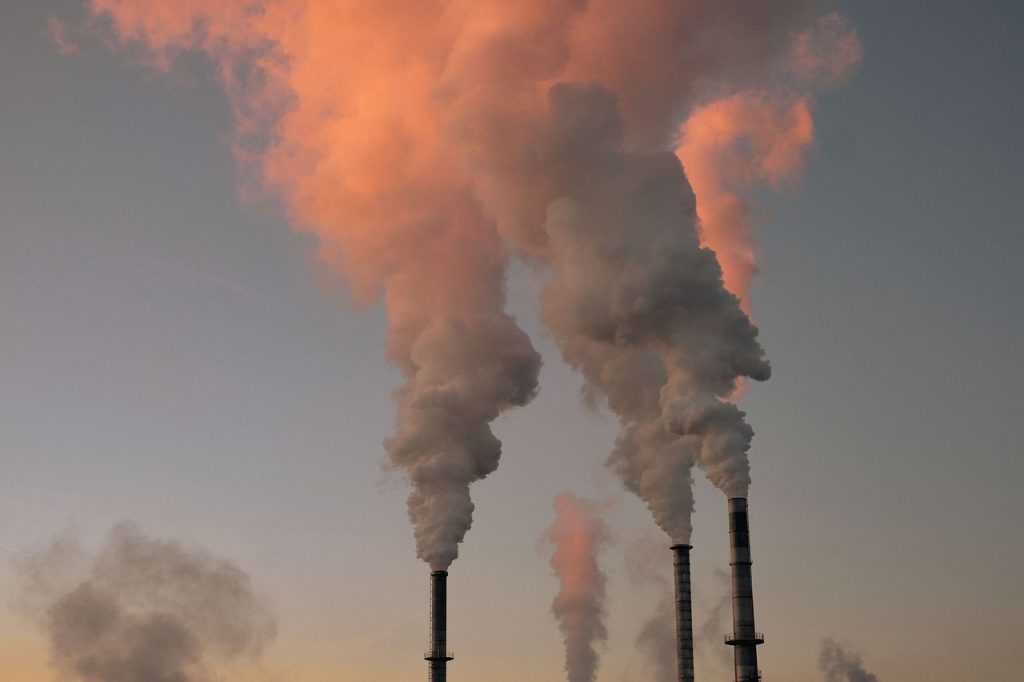January 12, 2025 Pooran Chandra Pandey
There appears to be consensus in India about severe climatic episodes and urgent action at all levels to support climate mitigation, adaptation, and resilience measures. This is also reflected in the fact that the majority of the population in the country across urban, semi-urban, rural, river, and seaside areas is favorably inclined to have access to clean and cheap electricity sources and efficient early warning systems to limit collateral damages due to severe climate episodes. It is a matter of evidence that an early warning system and speedier relief and rescue operations can mitigate the aftermath of adverse climate episodes by more than 50 percent.
India’s two principal political parties, the BJP and INC, believe climate change is real and urgent actions covering mitigation, adaptation, and resilience are needed. Thus, India remained committed to climate and environmental commitments through the famous Stockholm Conference of 1972, in which the then-Indian Prime Minister participated in person.
The only difference between the two principal political parties could be the means and mechanisms through which they would like to address climate change. The ruling BJP-led government believes in market-led forces and private capital, while the principal opposition party, the Indian National Congress, wants to adopt government-led approaches supplemented by multilateral institutions to address the country’s climate challenges.
The country’s private sector and indigenous banking system are also in sync with the ruling government, which is already playing its role in deploying capital to generate renewable energy. In India, many innovative actions are being led by the private sector under enabling policy regimes that empower them to secure their capital and return on investment. The private sector also puts substantive capital and financing into the country’s leading technical (IITs) and management educational institutions (IIMs) to help find low-cost techno-managerial solutions to climate issues.
Community and non-governmental organizations are working together to hold the private sector and federal and subregional governments accountable for their actions. They are demanding enhanced speed in implementing climate policies. They argue this is needed to help low-income, poor, and vulnerable populations, including those living in forests, rivers, and seashores, in case climate change hits them hard.
What is visible, though, in India now is that no group or organization is either resistant to or reluctant to accept the need to address climate change.
The private sector, governments, and community organizations, including principal political parties, are in sync with one another, albeit with belief in different operating methods and models to control the climate crisis. A bit of opposition exists in a small section of society that is generally uneducated and lacks resources. Such an absence of acceptance of climate change and/ or renewable energy more generally stems from vulnerable peoples’ frustration and dim prospects of lack of care by the institutions on the grassroots.





